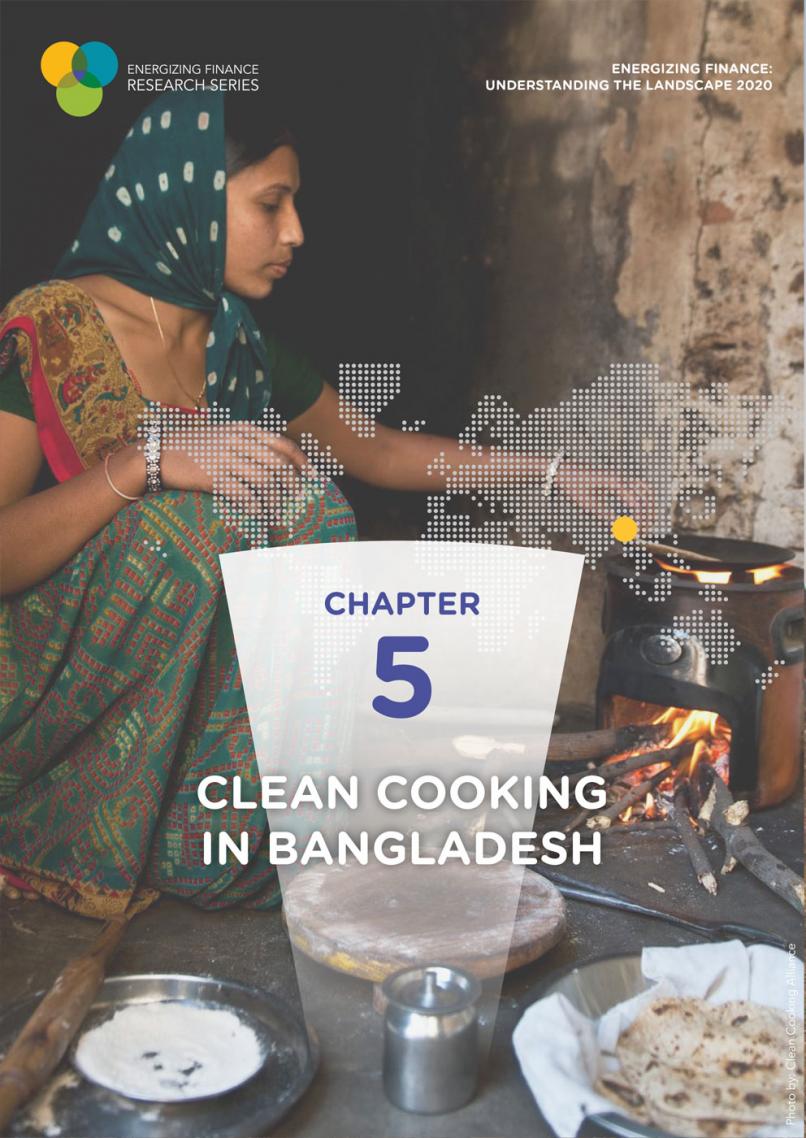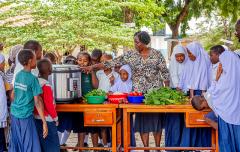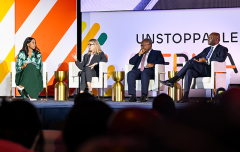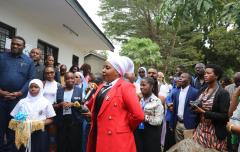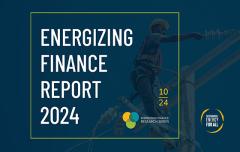Energizing Finance: Clean Cooking in Bangladesh
Despite more than 55 percent of the population using traditional cookstoves, the current landscape of Bangladesh offers a conducive market for clean cooking technologies, driven by increasing incomes, urbanization, and favourable government support.
Clean cooking access remains a pernicious problem affecting billions of people across the globe. Yet we show that of the little finance committed for clean cooking in 2018, it mostly benefitted just one country: Bangladesh. This case study - published in the research report Energizing Finance: Understanding the Landscape 2020 - provides insights into how the country has attracted finance and the challenges it faces in converting finance into impact for its citizens.
In Bangladesh, the eighth most populous country in the world, more than 60 percent of the population currently lives in rural areas and is mainly dependent on agriculture as a primary source of income (World Bank). As of 2018, almost 80 percent of households (of a total 35 million households) lacked access to clean cooking alternatives. This includes both rural and urban areas (CCA).
Following its partial success in 2013, the new National Action Plan for Clean Cooking in Bangladesh (2020–2030) is currently being formulated. The plan aims to achieve 100 percent clean cooking access by 2030 and posits a total investment requirement of USD 2.9 billion over the next 10 years.
The new National Action Plan for Clean Cooking must promote innovative business and financing models for different technologies, while ensuring an enabling environment with easy access to supply- and demand-side financing.
See also: Energizing Finance series

